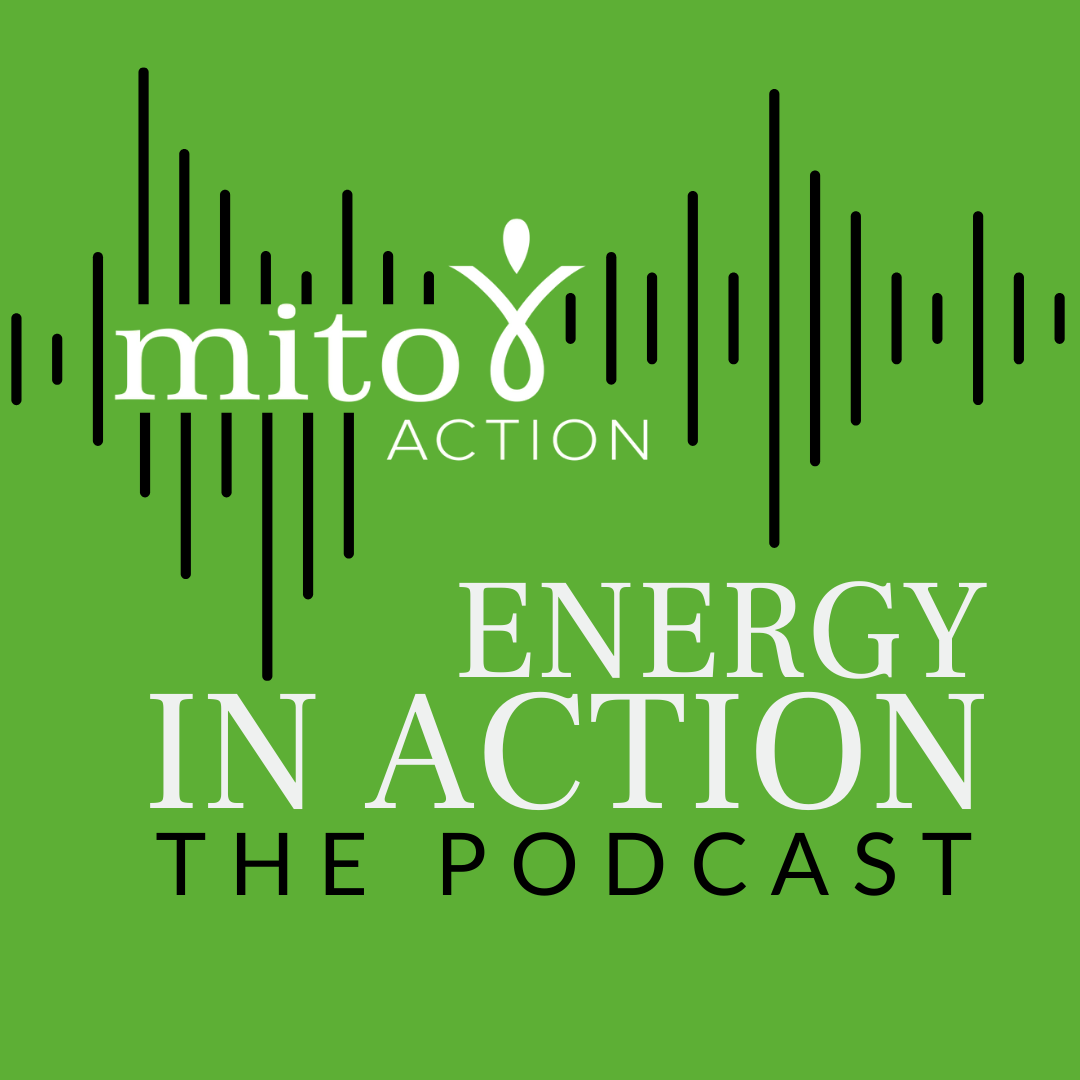ENERGY IN ACTION - EPISODE 088
Exercise for Mitochondrial Patients
Dr. Nicole Voet joins us from the Rehabilitation Department of Radboud University Medical Center in the Netherlands. We will discuss the importance of exercise for mitochondrial patients and what is best for our community based on her knowledge, experience and research.
EPISODE HIGHLIGHTS
What is your advice for someone with mitochondrial disease when starting a new exercise routine?
When you start exercising, especially when you're more severely affected by the disease, it's best to start low and go slow. Within the rehabilitation center we have performed research on muscle fatigue because it's one of the most disabling symptoms of mitochondrial disease. Mitochondria deliver energy and because they don't perform well, when you start exercising lactate increases early, causing muscle pain and fatigue. It's recommended to start exercising at only 30% of capacity, building slowly, and you'll find you're not as fatigued and you can increase the intensity of the exercise. Starting low, focus on building duration, then building intensity.
What is the best way to measure the appropriate duration and intensity of an exercise routine?
The Borg scale can be used to check your fatigue and exercise intensity. Reflect on how your exercise outcomes may interfere with daily activities. If you're exercising at too high of an intensity and it limits your ability to perform typical tasks, you may need to adjust. Some muscle pain is okay, so long as it doesn't occur for more than 24 hours after exercising. When you're still able to talk while you're exercising, the exercise isn't too intense.
What is the expected outcome for someone with mitochondrial disease who doesn't exercise?
When you have mitochondrial disease, your mitochondria are unhealthy and not very good at creating energy. Without exercise, the amount of healthy mitochondria decreases. With exercise, the amount of healthy mitochondria will increase.
Is one exercise more beneficial than another?
Strengthening exercises, such as exercises done with weights, have been shown to be less effective than aerobic. If you do strengthening exercises, it's better to perform a higher number of repetitions and a lower or no weight. Aerobic exercise, including walking, running, cycling or swimming, are all very effective in neuromuscular and mitochondrial diseases. Aerobic exercise is the most effective.
LINKS & RESOURCES MENTIONED
Borg Rating Of Perceived Exertion
https://www.physio-pedia.com/Borg_Rating_Of_Perceived_Exertion
https://open.spotify.com/show/5POdR3POvv6Mm4JHS9pmln
CONNECT WITH MITOACTION
https://www.facebook.com/mitoaction
https://twitter.com/mitoaction
https://www.instagram.com/mitoaction/
https://www.linkedin.com/company/mitoaction

ENERGY IN ACTION - EPISODE 100 LHON Collective Lissa Poincenoit and Malinda Marsh are the co-founders of the LHON Collective, created to make the...

Meet Annie Leeds!

ENERGY IN ACTION - EPISODE 091 Hailee The Mito Warrior Hailee is the Ultimate Mito Warrior. She has such a positive attitude, despite the...